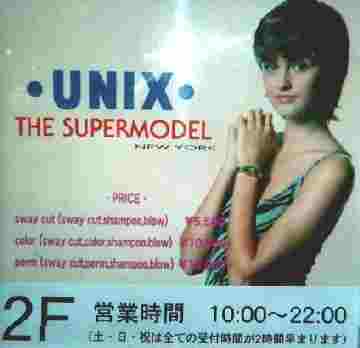

| Main index | Section 1 | 日本語 | Deutsch | Options |
The options are as follows:
| | |
| Attempt to remove directories as well as other types of files. | |
| | |
|
Attempt to remove the files without prompting for confirmation,
regardless of the file's permissions.
If the file does not exist, do not display a diagnostic message or modify
the exit status to reflect an error.
The
| |
| | |
|
Request confirmation before attempting to remove each file, regardless of
the file's permissions, or whether or not the standard input device is a
terminal.
The
| |
| | |
|
Request confirmation once if more than three files are being removed or if a
directory is being recursively removed.
This is a far less intrusive option than
| |
| | |
|
Overwrite regular files before deleting them.
Files are overwritten three times, first with the byte pattern 0xff,
then 0x00, and then 0xff again, before they are deleted.
Files with multiple links will not be overwritten nor deleted
and a warning will be issued.
If the
Specifying this flag for a read only file will cause rm to generate an error message and exit. The file will not be removed or overwritten.
N.B.: The
| |
| | |
|
Attempt to remove the file hierarchy rooted in each
file
argument.
The
| |
| | |
|
Equivalent to
| |
| | |
| Be verbose when deleting files, showing them as they are removed. | |
| | |
| Attempt to undelete the named files. Currently, this option can only be used to recover files covered by whiteouts in a union file system (see undelete(2)). | |
| | |
| When removing a hierarchy, do not cross mount points. | |
The rm utility removes symbolic links, not the files referenced by the links.
It is an error to attempt to remove the files /, .amp; or ...
When the utility is called as
unlink,
only one argument,
which must not be a directory,
may be supplied.
No options may be supplied in this simple mode of operation,
which performs an
unlink(2)
operation on the passed argument.
However, the usual option-end delimiter,
rm -- -filename
The same behavior can be obtained by using an absolute or relative path reference. For example:
rm /home/user/-filename
rm ./-filename
When
$ rm -rf foobar
Any of these commands will remove the file -f:
$ rm -- -f $ rm ./-f $ unlink -f
Also, historical BSD implementations prompted on the standard output, not the standard error output.
The simplified unlink command conforms to Version 2 of the Single UNIX Specification.
| RM (1) | September 12, 2018 |

| Main index | Section 1 | 日本語 | Deutsch | Options |
Please direct any comments about this manual page service to Ben Bullock. Privacy policy.
